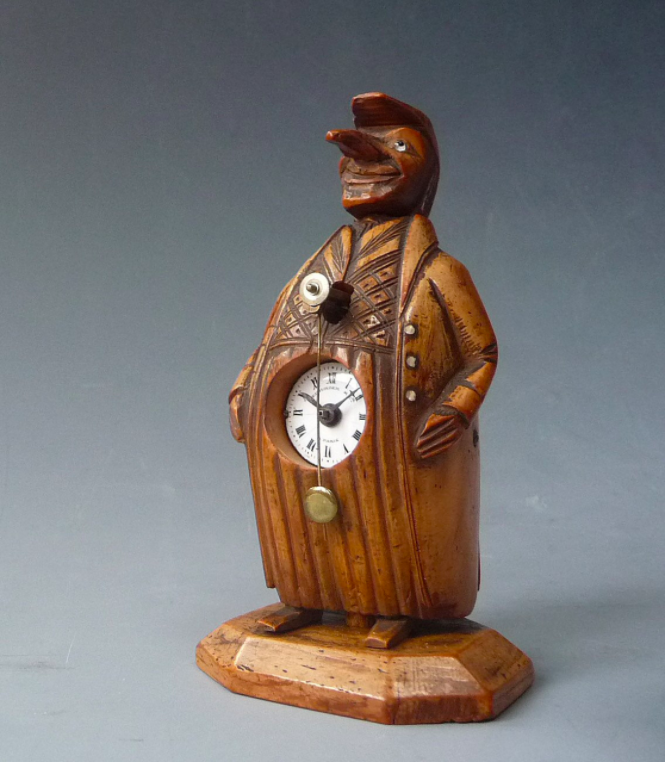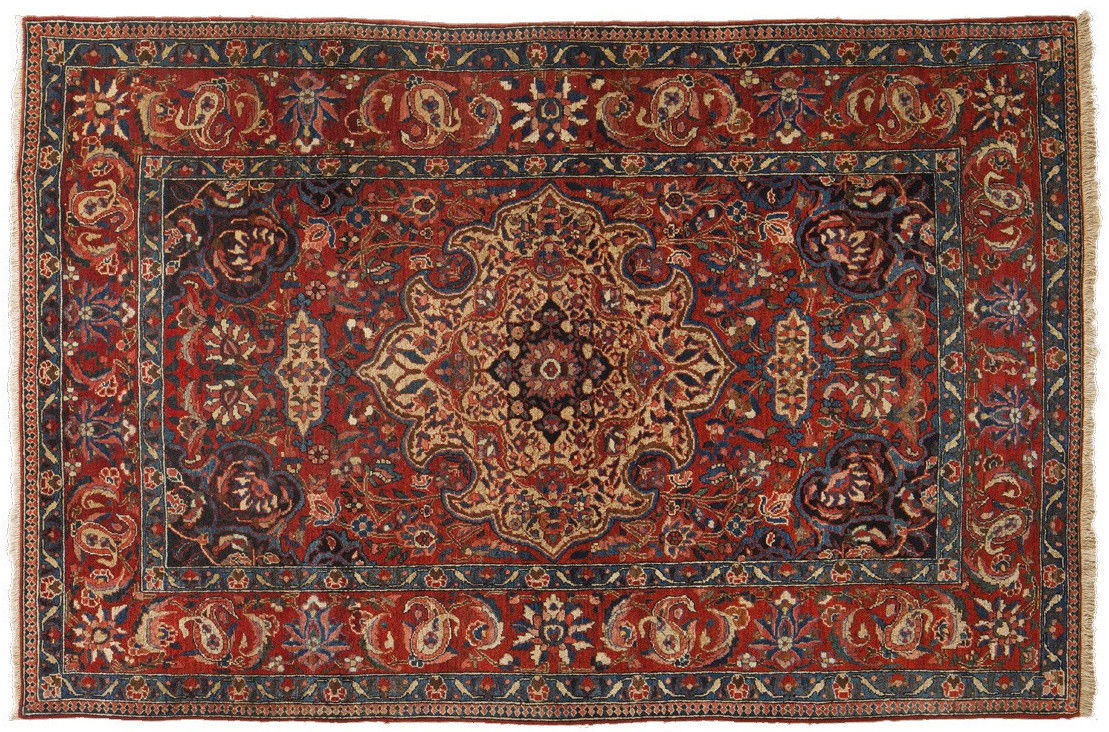Artstories: Household Treasures
An Iconic 17th Century Roemer Glass, A Charming Austrian Zappler Clock and a Persian Bakhtiari Carpet. Discover the intriguing stories behind these rare art objects.

Roemer Glass, second half 17th Century, Germany - Peter Korf de Gidts-Antiquairs
Roemer Glass
The famous Roemer (Römer) glasses where often used to serve wines from the Rhine region (also known as hock) during the 17th century. The typical green colour of these society glasses originates fromt he iron impurities that occur in the sand which is used to make the glass. It was of course possible to decolourise the glass, but it gave the white wine such a beautiful golden glow that the manufacturers decided not to. The studs on the shaft are not just a decorative feature, they also provided a sturdy grip for table companions with greasy hands. The Roemer was a status symbol that graced many 17th century still life paintings, often in a so-called breakfast scene. To name a few; a Roemer can be found in the paintings of Clara Peeters, Pieter Claesz and Willem Claesz. Heda (header image).

Zappler Clock, ca. 1880, Paris
Zappler Clock
This 19th century Zappler clock is a lovely product of the art of clock making. Traditionally speaking, Zappler clocks are small clocks that can only be looked at from one direction, to be placed on tables or cabinets. They are often shaped as comical mascots or figurines and originated in Austria, their cases are usually made from cheaper materials such as metal or wood. The name refers to the sound that is made by the movement of the pendulum. This comic wooden mascot figurine bears the signature of 'Neuburger & Sohnen à Paris' on its white enamel dial and was probably made around 1880.

Bakhtiari Carpet, Persia - Foumani Persian Gallery
Bakhtiari Persian Carpet
The Bakhtiari tribes from Iran have been weaving and exporting carpets around the globe since the early 19th century. They are recognisable for their flowery designs, featuring Khesti garden motives and decorated fields with floral ornaments. Prices of Bakthiari rugs and carpets vary mostly depending on the type of wool and subsequent knot density, with each tribe using local and thus characteristic wool for their production. This particularly fine example, offered by Foumani Persian Gallery, was crafted around 1950 and may therefore be considered semi-antique.
For more household treasures: please have a look at Gallerease!

